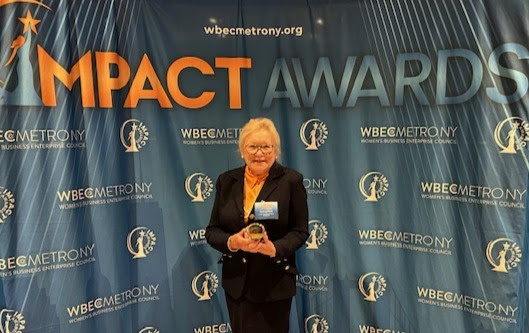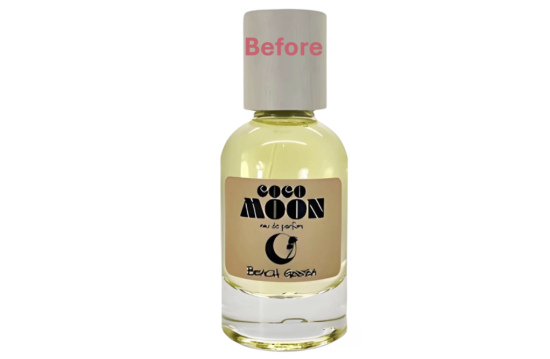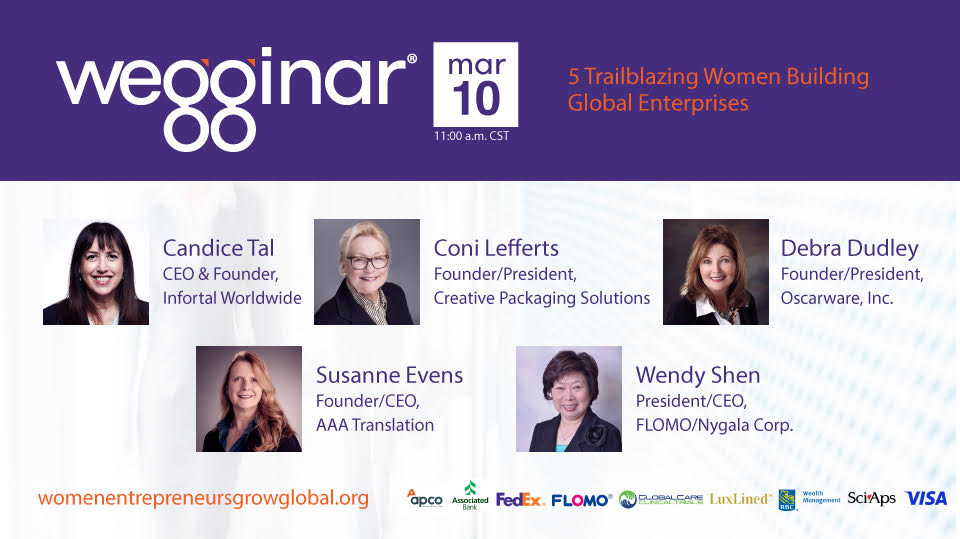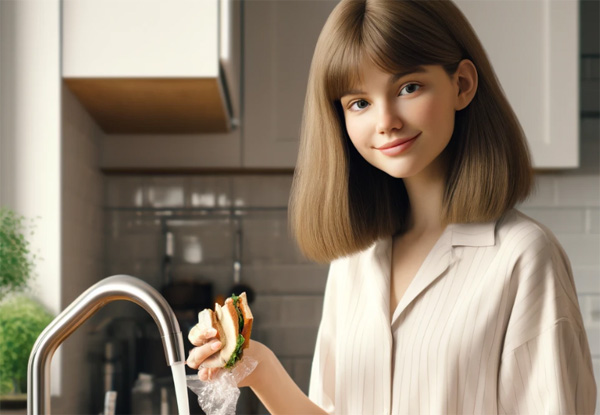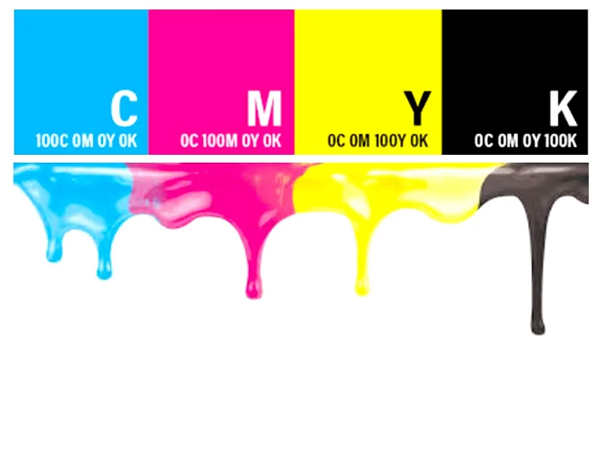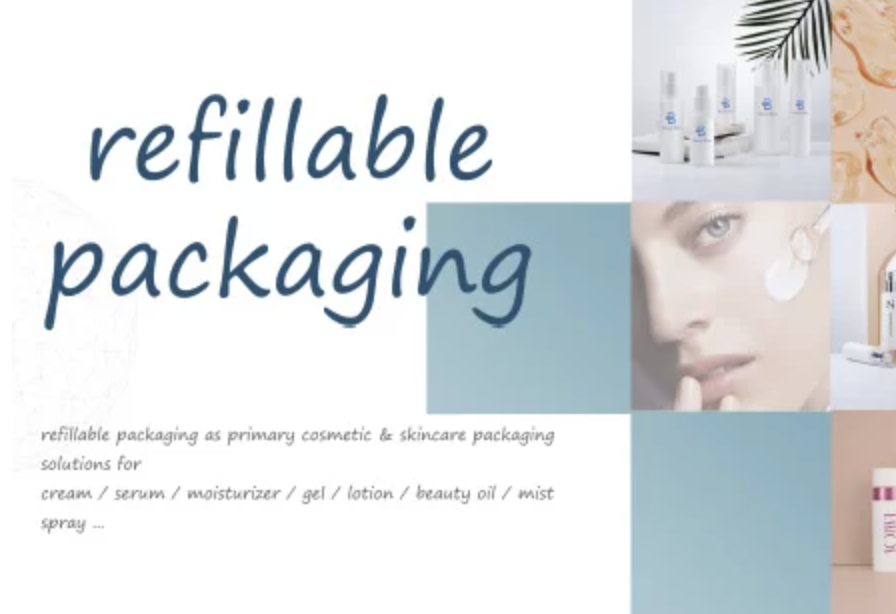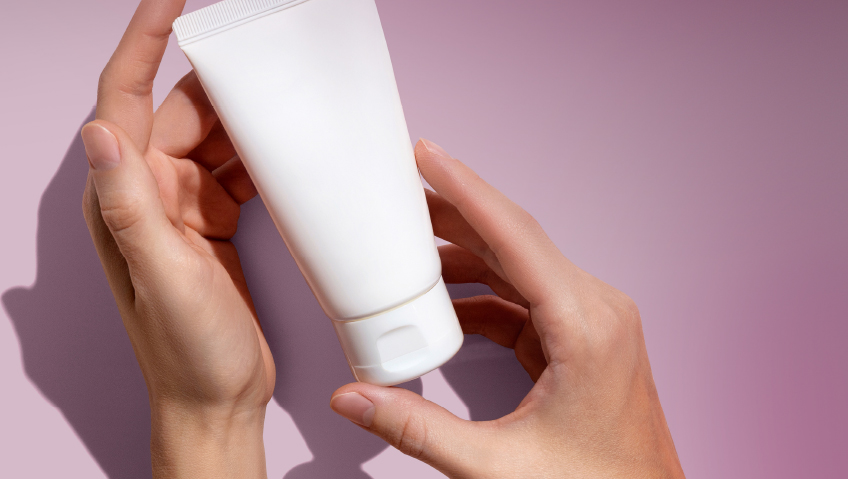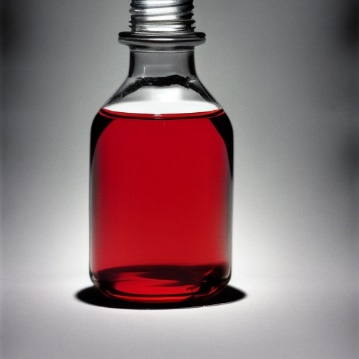Impact Award from WBEC-NY to Coni Lefferts
Beach Geeza
Wegginar
Unlock the Potential of Water-Soluble Films!
CMYK and Spot Color Printing
Embracing Sustainability
Perfecting Packaging Containers for Over Two Decades
Key Considerations
Sustainability Glossary
Cosmetic fill versus overflow capacity
Impact Award from WBEC-NY to Coni Lefferts
The first annual Impact Award ceremony at the NYC Plaza Hotel ballroom, Friday, October 24, 2025. The award was celebrated by ten women who have shown unparalleled success.
Beach Geeza
This article contains before and after pictures of packaging for Beach Geeza, a fragrance known for its beach and floral scents.
Wegginar
The Wegginar® is a webinar presented by five women business leaders from different companies around the United States. Coni Lefferts, the founder and president of Creative Packaging Solutions Corporation, is on the panel. She is joined by Candice Tal – CEO & Founder, Infortal Worldwide: Susanne Evens – President & CEO, AAA Translation: Debra Dudley – Founder & President, Oscarware, Inc: Wendy Shen – CEO & President, Flomo/Nygala Corp.
The key points discussed are:
Factors to consider BEFORE you start an international business.
Challenges faced (including risks) when entering new overseas markets.
The importance of pivoting when economic conditions lend themselves.
Advice for aspiring globalists.
How to ensure cultural sensitivity in translations.
How to trust international business partners.
Success, what it is and what it means for each of the speakers.
The Wegginar® is brought to you by WEGG® – Women Entrepreneurs Grow Global. The five panelists are members of a Club Wegg Cohort, which is a virtual platform for women entrepreneurs and business owners whose enterprises have a minimum annual revenue base of $500,000. They investigate strategies, gather perspectives, discuss current issues affecting global business, and gain inspiration from one another. The monthly professionally facilitated discussions frequently feature guest experts and provide members with a roadmap for selling products and services in the global marketplace.
There is a link to watch the entire Wegginar®
Water Soluble Film
In a world where sustainability is no longer a buzzword but a necessity, the quest for eco-friendly packaging solutions has reached new depths.
Picture this: Packaging that dissolves effortlessly in water. It leaves behind no trace of waste. Most importantly, there are no residual pieces of plastic film or particles.
The dream is quickly becoming reality thanks to the availability of water-soluble films.
Imagine the Possibilities: reducing plastic pollution, reducing waste collection, and simplification of recycling processes.
With water-soluble films, we’re not just thinking outside the box; we’re re-inventing film packaging.
CMYK
In CMYK, colors are created by mixing varying percentages of the four inks. When used together, they can produce a wide range of colors. Pantone colors or spot colors are a special kind of ink. Spot color printing is used to print large areas of a base color. Spot color printing is a single color with no gradient and is specified by a PMS (Pantone Matching System) color number. For example: Red, PMS 032 is the shade of red we use in the branding for Creative Packaging Solutions.
Refillable Packaging
Imagine This: your product, beautifully packaged in sleek, durable containers that customers can refill again and again. Not only does it reduce single-use waste, but it also strengthens your brand’s commitment to sustainability – something savvy consumers are totally into these days.
Here’s the deal: refillable packaging isn’t just about eco-friendliness; it’s also a smart business move. People love convenience. Refillable options offer them an easy way to enjoy your products while reducing their carbon footprint. Plus, it’s a fantastic opportunity to engage with your customers on a deeper level, showcasing your dedication to a circular economy.
Perfecting Packaging Containers
Creative Packaging Solutions (CPS) of Keyport, New Jersey, has spent more than two decades developing perfect packaging for retail clients. This encompasses bottles, tubes, trays, jars, boxes, canisters, and just about anything else that can house a commercial product sold in stores or online. Tapping into a network of manufacturers, the company obtains and sells packaging that is both aesthetically pleasing and resilient.
Key Considerations
In the competitive landscape of today’s market, the packaging of your product plays a pivotal role in brand recognition and customer appeal. It’s not just about containing your product; it’s about communicating your brand’s values, story, and commitment to quality. When it comes to selecting custom packaging containers, there are several essential qualities and features that brands must consider ensuring their packaging aligns with their identity and market goals. Let’s delve into these critical aspects.
Glossary
At Creative Packaging Solutions, we believe great packaging should make you proud — not just when you showcase your product, but also when it’s time for your customers to dispose of it. That’s why we design every packaging solution with care, combining eye-catching design with environmentally responsible materials. Our commitment to sustainability means you never have to choose between protecting your brand and protecting the planet.
We proudly use sustainable materials that are thoughtfully selected to:
- Prolong your product’s shelf life, keeping it fresher, longer.
- Protect your product from harmful elements during shipping, storage, and everyday use.
- Make recycling easy and accessible for your customers, reducing landfill waste.
Sustainability isn’t just a feature — it’s how we take care of you, your customers, and the earth we all share. Whether it’s through compostable films, recyclable plastics, or refillable components, we are always seeking better ways to reduce our environmental footprint without compromising performance.
Explore our glossary of sustainability terms to better understand the materials and practices that help us — and you — make a real difference. Together, we can build a future that looks good, feels good, and does good.
We create packaging that makes you proud of your product but also proud of tossing it away. All our packaging solutions are made with your product and customers in mind. We proudly use sustainable materials that:
- Prolong your product’s shelf life.
- Protect your product from harmful elements.
- Make it easy to recycle.
Sustainability is how we take care of you, your customers, and the earth
Cosmetic Fill
A standard fill is when you fill the container up to its designated fill capacity. If a bottle is sold as a 4 oz or 120ml bottle, the fill line is designated by using water, the world-wide universal ingredient. You should always determine your best “cosmetic” fill for your product and the product’s own viscosity. Then use this fill capacity in your label claim.
Plastic Resin Identification Codes and Resin Comparison Chart
Plastic bottles and jars are common packaging options. Plastic can be used for a wide variety of products. Plastic combines convenience, availability, both standard in-stock or custom shapes, light weight, and economic value. Plastic can be used for food and beverage, cosmetics and personal care, household, lawn and garden, and pet and veterinarian products. Reference the chart to determine the plastic choice for your product.
Each plastic compound has different capabilities and characteristics. You can reference the above chart to understand how one plastic compares to another. For instance, oxygen permeation is an important characteristic for carbonated beverages.
What is “M”?
You’ll sometimes see a reference to “M” in our quotes. Technically, M represents a Roman numeral – 1,000. Sometimes someone will use an M to imply a million. Again, technically, this should be noted as MM. When someone implies M for one million, it is only a shorthand technique, rather than an official designation.

